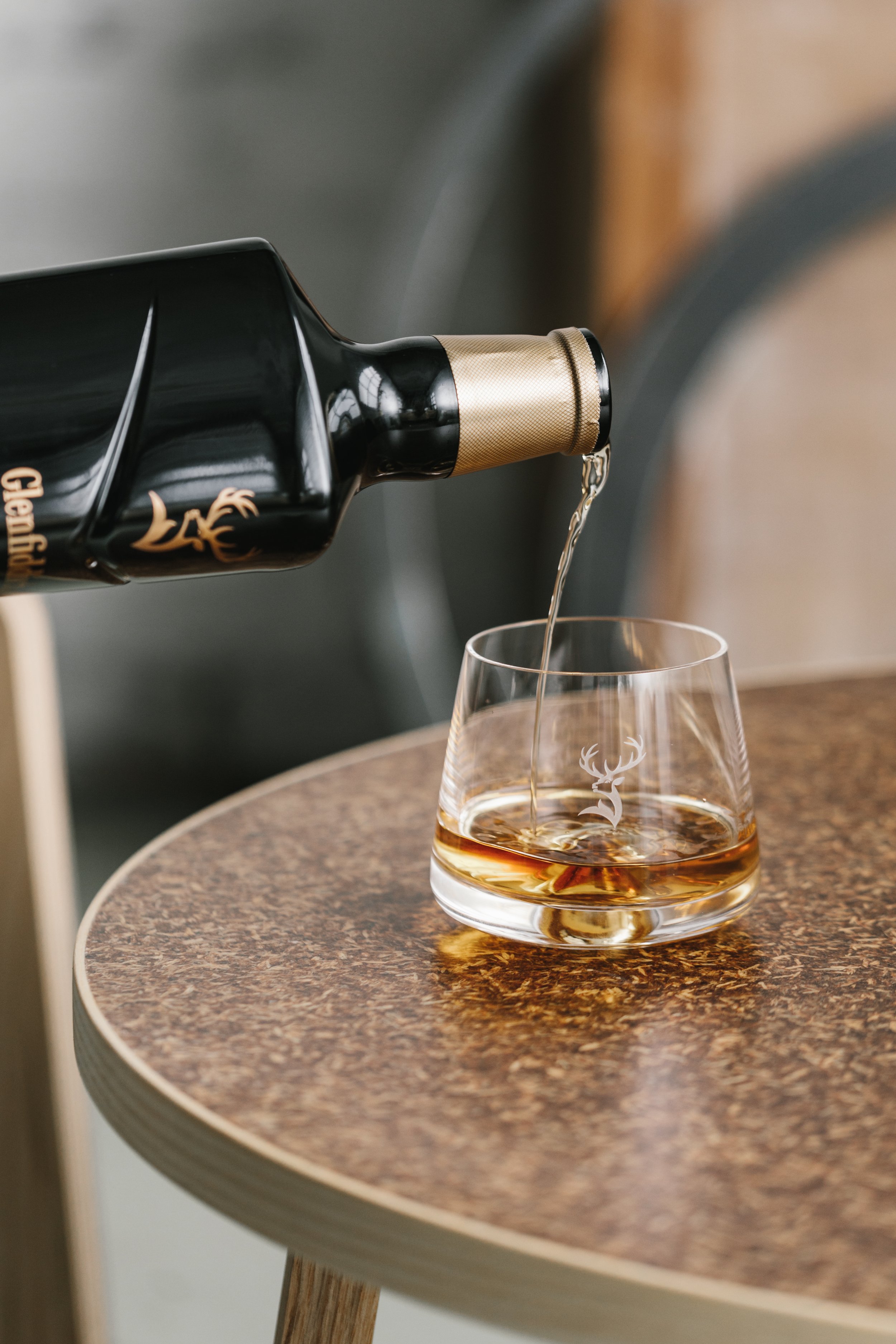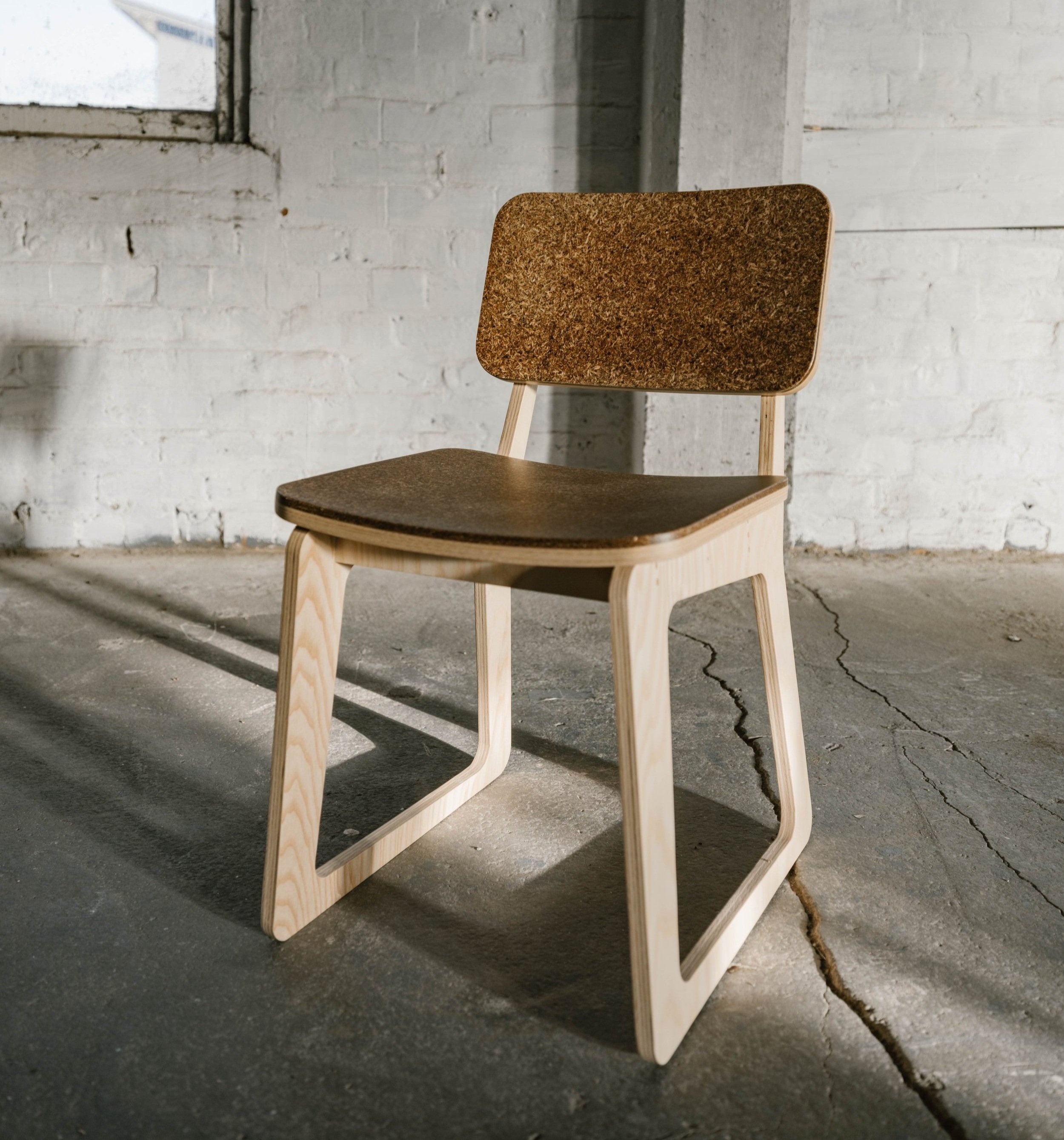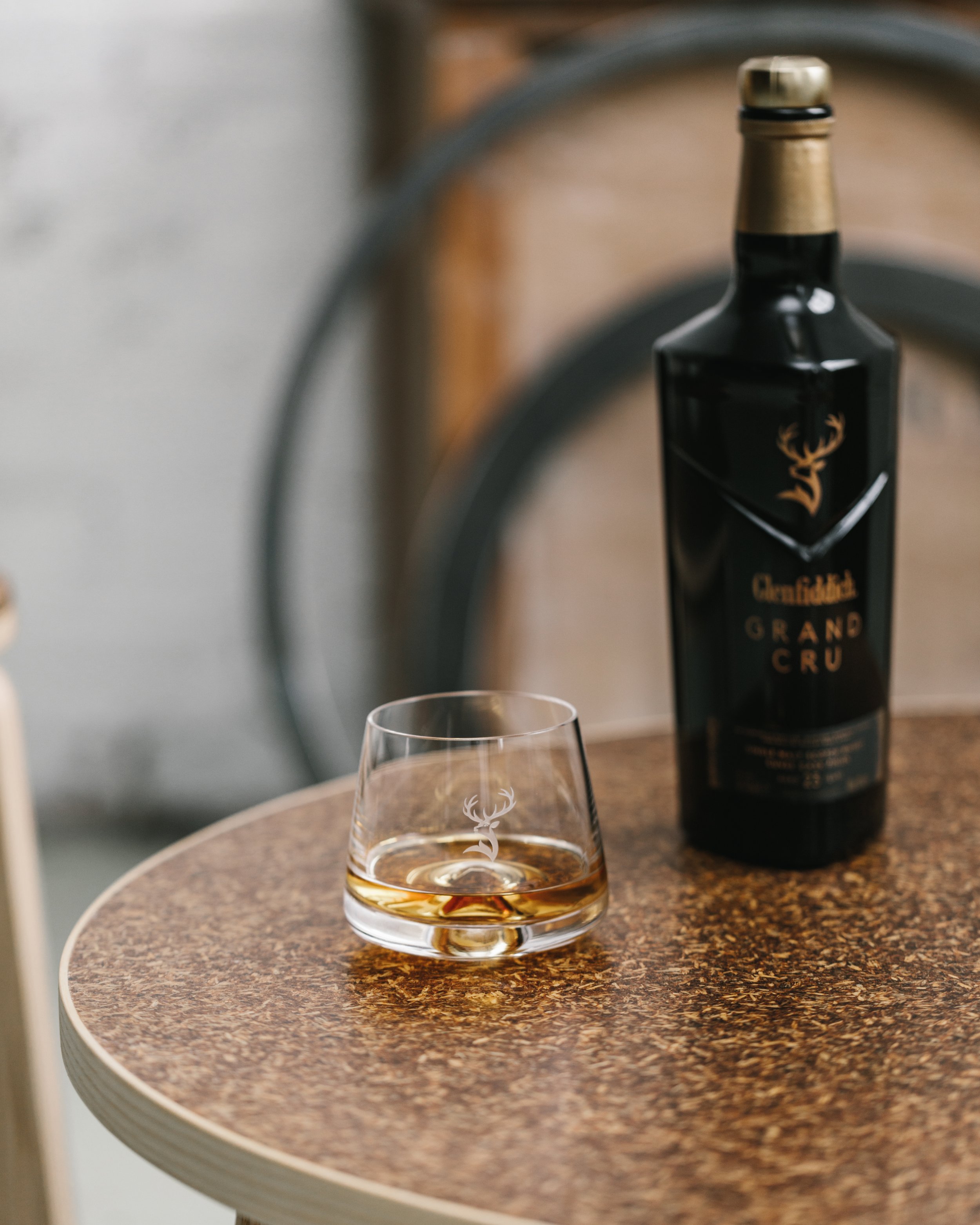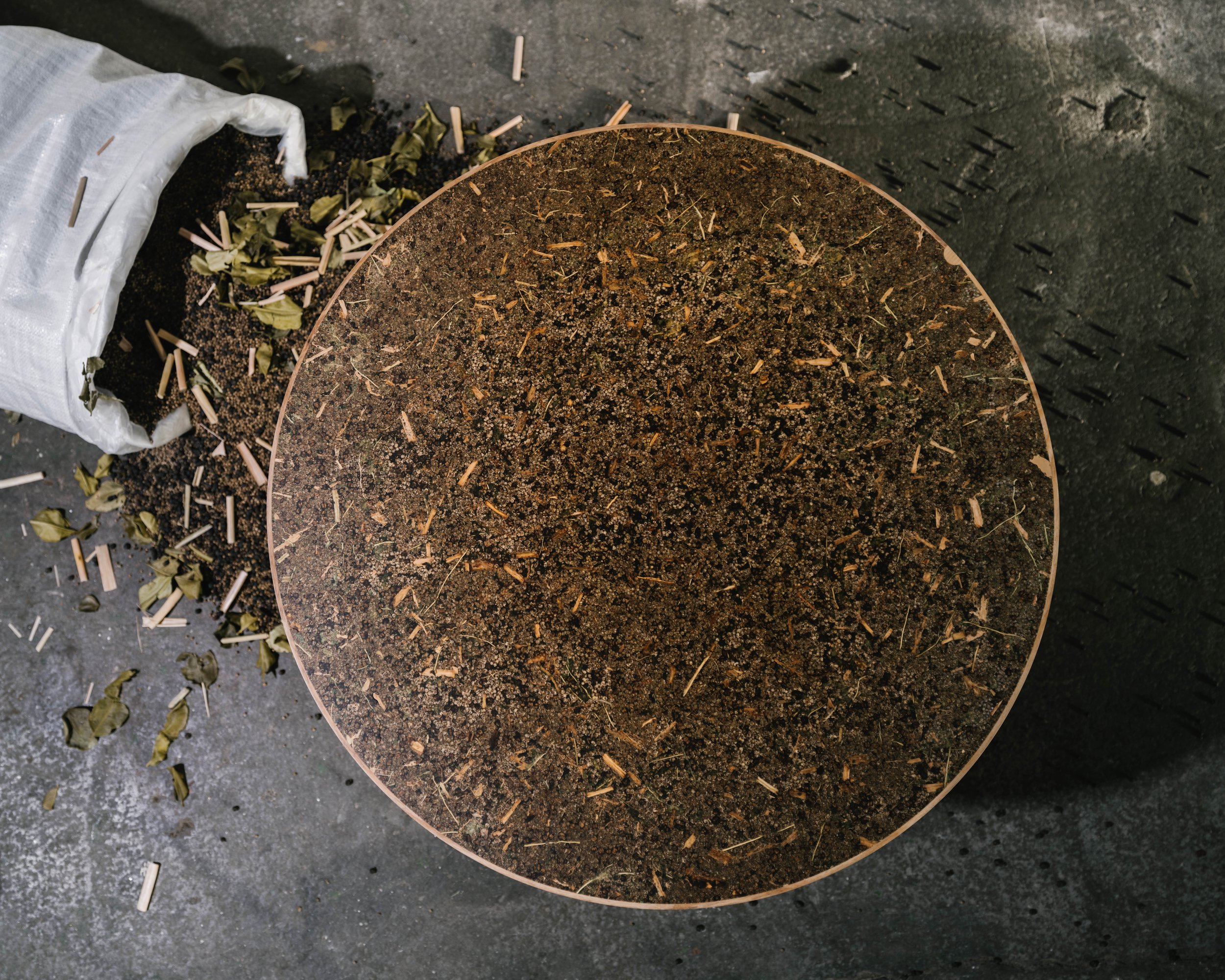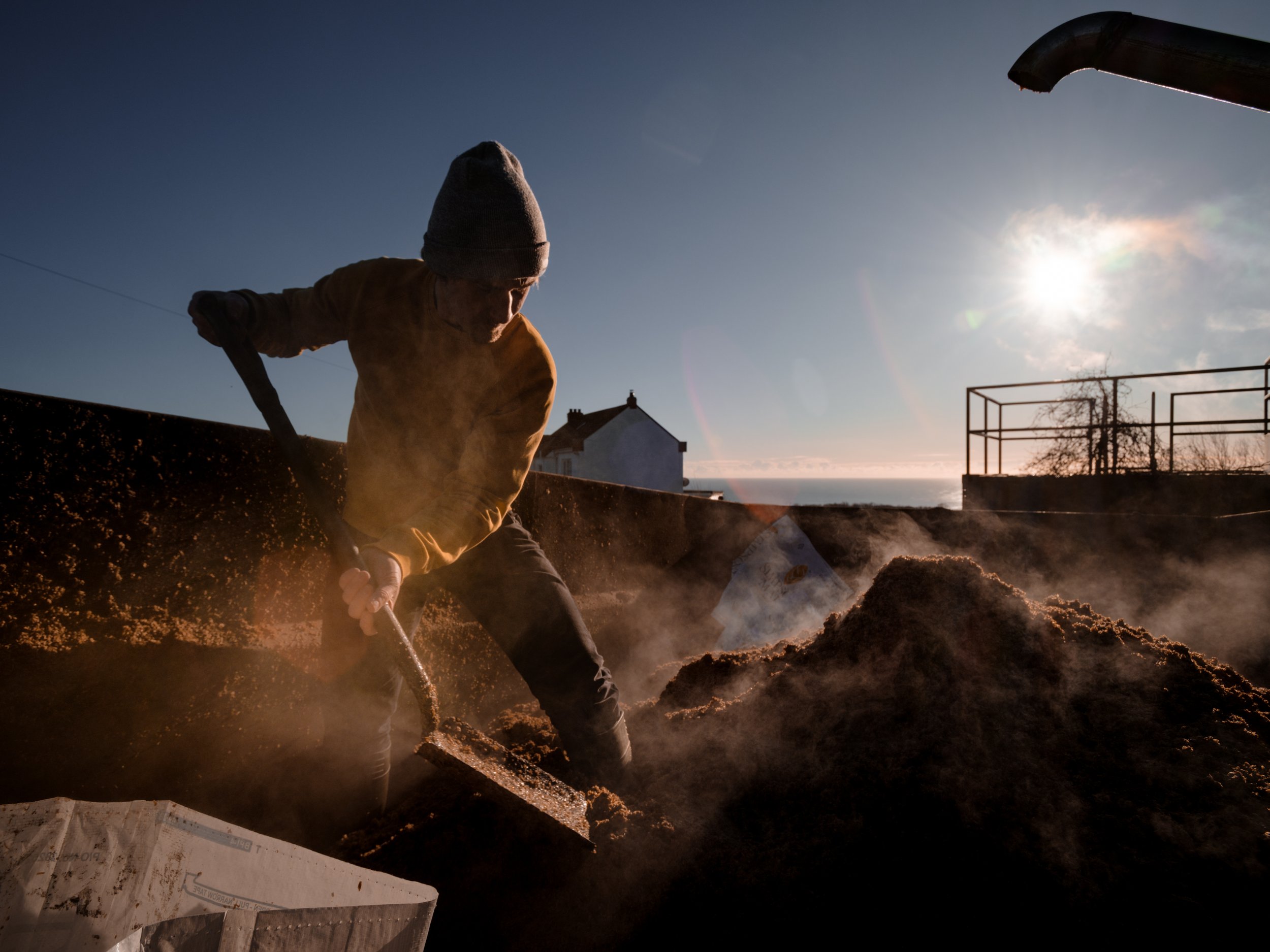
Draff [dræf]: the damp remains of malt after brewing or distilling. Often used as an appetizer or supplement in animal rations. So what is draff? Scotland is estimated to produce around 48,700 tonnes of draff each year, for beer only. Once fermented and used to create that beautiful golden brew called ‘wort’, the damp remains of malt left over after the mashing process is often used as an appetizer or supplement in animal rations with most breweries and distilleries offering it to local farmers. For urban breweries or distilleries this is sometimes not possible and the draff can become difficult to get rid of.
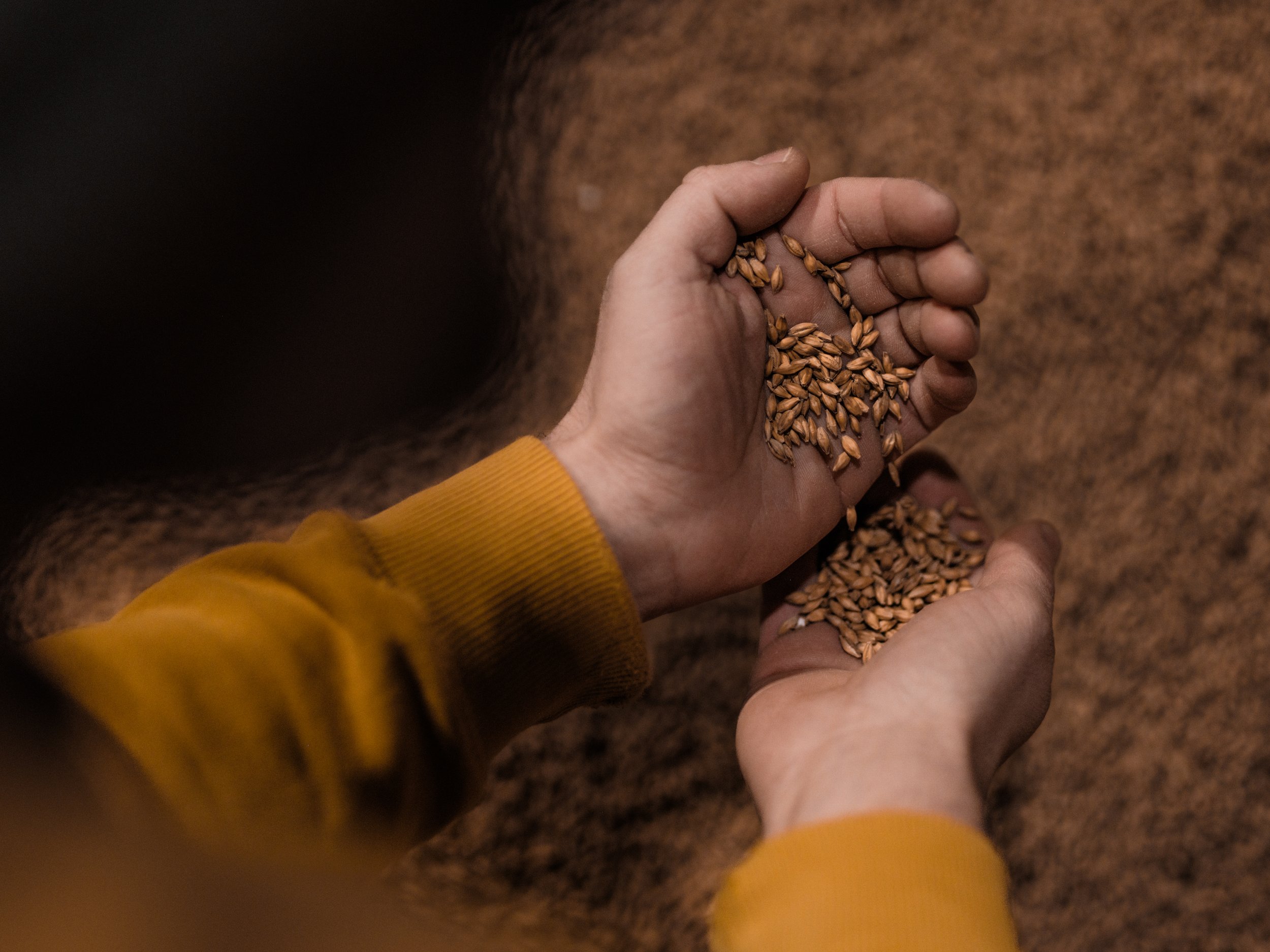

Initially testing the use-ability of draff from whisky production, experimentation led to the inclusion of wastage from beer and gin. A variety of organic materials can be used in alcohol production including barley, wheat and rye for beer and whisky. Gin production utilises juniper berries and each brand creates their own flavours by distilling with their botanicals of choice. These may include cinnamon, cardamon, orange peel and even peas! The journey of our Draff Material begins straight after the mashing or distilling process. The grain and botanicals are collected and dried out as quickly as possible in our workshop. Heat and high pressure are then applied to our raw ingredients. This process is a key factor in creating a dense and reliable material. After years of expereimentation we have discovered the perfect formula to turn spent grain and botanicals into a material that is durable, sustainable and unique.

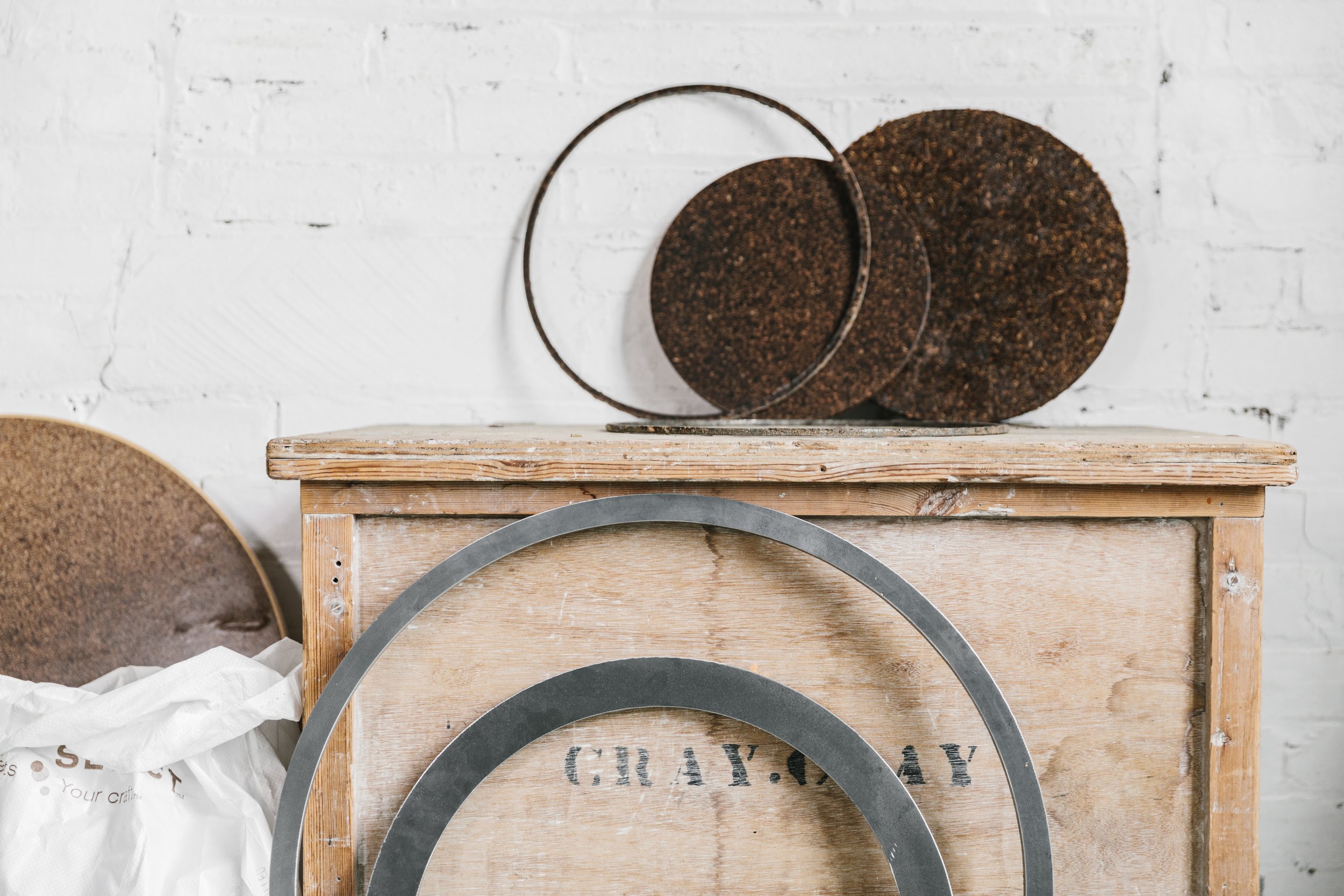
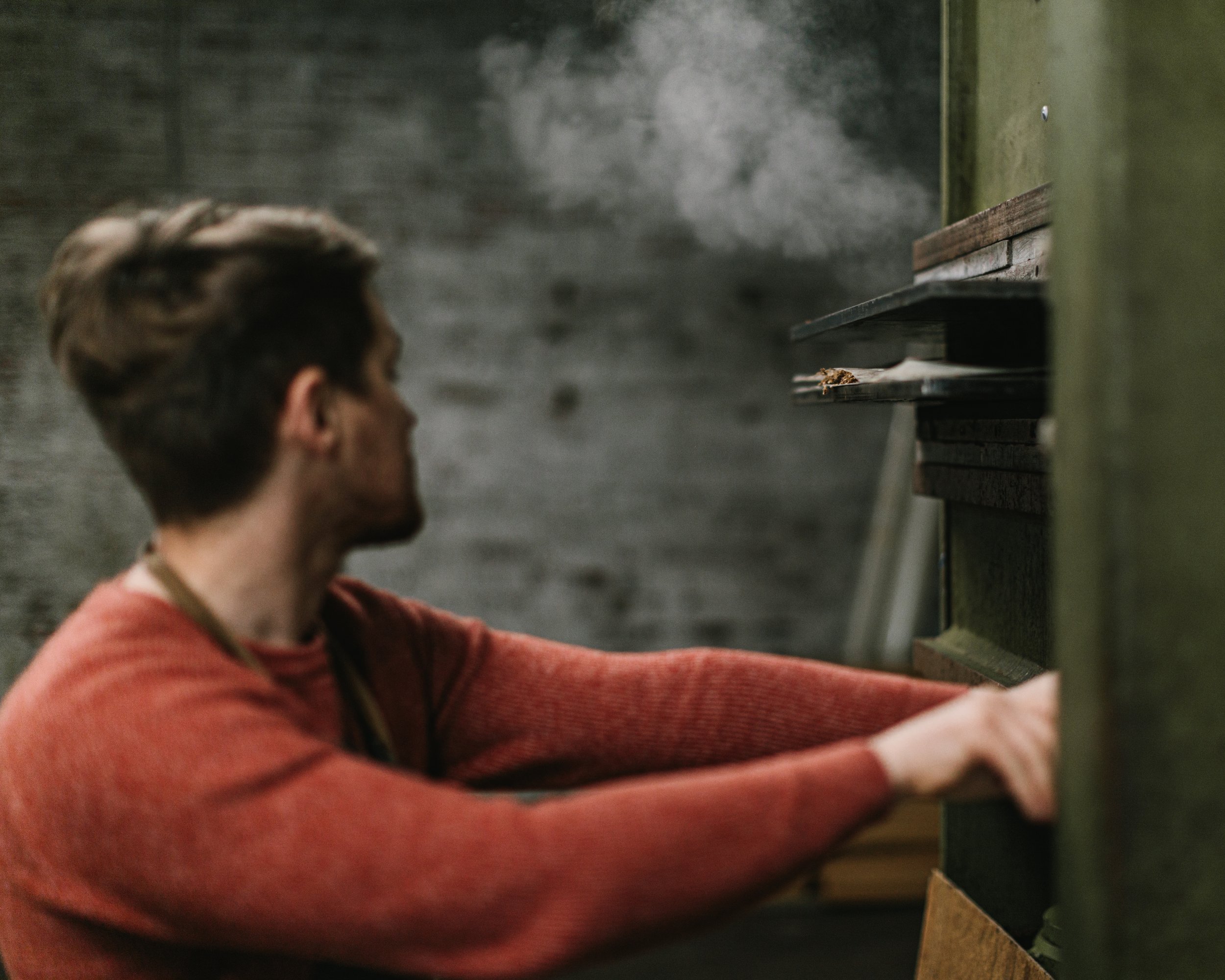

Once pressed the outcome is a final sheet material with a similar density to an OSB Board. The material’s final look varies depending on the grain or botanicals used. The heating process also influences the colouring of the material. With all of these factors each piece is unique and can be tailored for the individual. From pieces of furniture to decorative cladding, Draff can be used in a variety of design projects. If you are a distillery, brewery, interior designer or architect and would like to integrate the reuse of draff within a specific project, do not hesitate to get in touch. Equally if you are a whisky, gin or beer enthusiast and would like us to get in touch with your preferred brand for a private project, drop us a line and we will make our best to make it happens.
